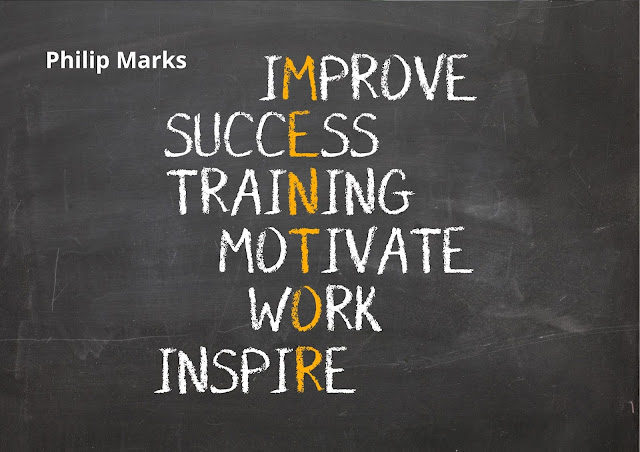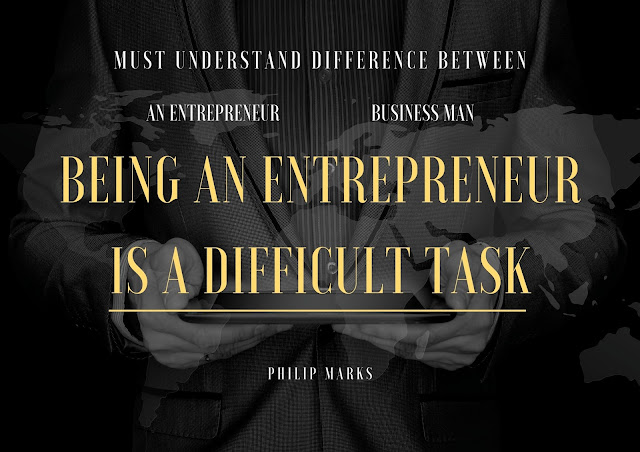Developing Your Leadership Potential In 5 Steps
Leadership occurs when a person decides, undertakes, and maintains a favorable or productive approach and others follow him. It's not the law of the direction that defines leadership it's the fact of the direction and the presence of a mutual relationship between leader and follower. According to Philip Marks who is working as Service Cloud AE in Salesforce this perspective, the two primary things that must develop in order to become a leader are the capability to "determine, undertake, and sustain" a direction and the ability to tempt and maintain followers. That these are the two major factors in leadership evolution is nothing unique.
What is unique is our opinion that the method one perceives the world defines a great deal of how and in what types of directions one desires to lead, and how one attracts and has followers. While most leadership development focuses on the multiple obvious and famous definitions and descriptions of leadership attributes, at Your Talent Advantage we take various approaches. We identify six distinctly different leadership profiles. Each leadership profile keeps a set of natural leadership skill possibilities that "belongs" to it.
Everyone has the innate potential to lead, but obviously, not everyone undertakes the efforts necessary to turn potential into behavioral skills. While each leadership profile portrays a particularly unique sort of leadership that varies in approach, values, center, correspondence, strengths, and vulnerable sides, each addresses an extension of a singular's ability that has gone past the extent of self-improvement. Powerful leadership improvement is driven by these five universal leadership skills. Each expands upon those that come before it, and a singular's expertise as a leader increases as each is created.
It is these five abilities that drive leadership development:
- Leaders' build on their natural strengths.
- They are aware of their limitations and seek input from people with perspectives different from their own.
- They are aware that any group of followers contains people who see the world differently than they do, and they find ways to communicate effectively with each of them.
- They identify the skills of others and seek to build teams based on complementary skill sets and attitudes.
- They learn to acknowledge/own their natural limits and develop strategies to mitigate them.
According to Philip Marks to be a leader requires that an individual step beyond an understanding of themselves and a claiming of their own natural skill base. Growth above the unique level is what leadership development is around. As such people who desire to lead or who describe themselves to others as leaders are born to a "higher standard" than those who do not desire leadership. For this reason, the five skills that all positively effective leaders must develop need more from a person than other types of personal development. An effective leaders must not only understand themselves but must understand others as well. They must know the skills and blind spots of others, not just their own, and they must be able to adjust and accommodate their behavior to the multitude of differences between themselves and their followers while not yielding the distinct leadership shape that makes them effective.





Comments
Post a Comment